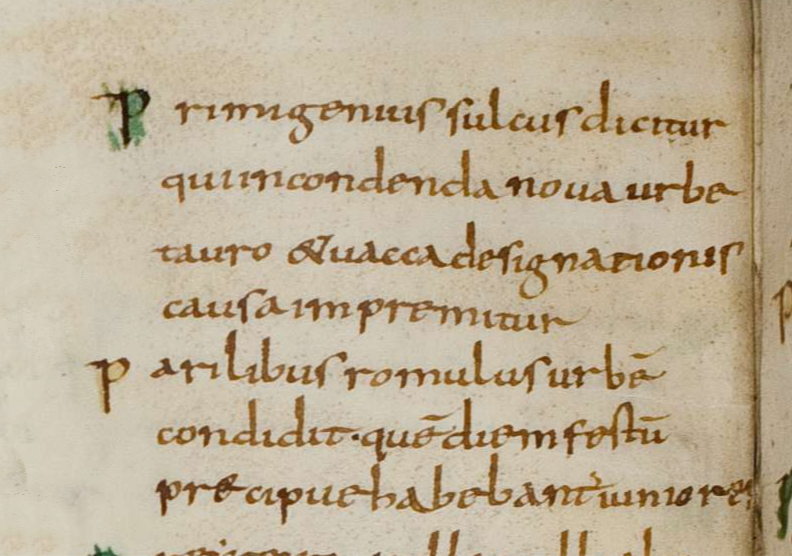Cappadocia : Vespasian Hemidrachm
- sulla80

- Sep 8, 2020
- 3 min read
Updated: Oct 8, 2023
With the evolving global pandemic, it seems unlikely that much leisure travel will be part of my near term plans. The phrase, "may you live in interesting times", has come to mind too often in recent months.

I find the idea of a visit to Cappadocia uplifting. Cappadocia, at least from travel websites, sounds like a great vacation with Mt. Erciyes (Argaeus), hiking, carved rock dwellings of troglodytes and Christians, balloon rides or a recently discovered underground city, reported to be larger than Derinkuyu, about 1.5 hours from Kayseri, Türkiye, aka Caesarea. (image source: public domain)
A coin from Cappadocia inspired the visits to travel websites. An ancient coin from the 1st century AD. This coin is a close relative of an Imperial quinarius of Vespasian - which is a bit more difficult to find in this condition. Other than the Latin legends and a bit more metal, it looks a lot like this Vespasian quinarius from Rome. Worth noting a historical link between Caesarea and Vespasian: he was in Caesarea in July, AD 69, when he was proclaimed emperor by Julius Tiberius Alexander, prefect of Egypt. (Josephus, Of the War, IV.10.6)
Provincials minted in Rome?
Some of the coins for Cappadocia were minted in Rome. An assessment of denarii, didrachms and drachms of Vespasian, comparing "local" and "Rome" style coins, looked at the trace elements in the metal and found similarities between "Rome style" coins of Cappadocia and Roman denarii, which were differentiated from "local style" coins.
"This would suggest a common metal source and/or refining procedure for both and therefore supports the view that the Rome-style Caesarean coins were indeed struck at Rome." -Butcher and Ponting (1995), Rome and the East. Production of Roman provincial silver coinage for Caesarea in Cappadocia under Vespasian, AD 69–79, Oxford Journal of Archaeology 14(1):63-77
Carradice and Cowell in 1987 did an analysis using atomic absorption spectrophotometry (AAS) with bronze coins finding some minted in Rome for use in Caesarea. Butcher and Ponting, using the same technique, came to similar conclusions for silver coins. They confirmed earlier conclusions drawn from style, lack of die links, die axes. My hemidrachm appears to fall in a "local style" category minted in Casarea. The "local" grouping defined by die axis. "Local" 12h vs. "Roman" 6h - described here by W. Metcalf in 1996. Although they are undated, Metcalf places the hemidrachms in year 77/78 AD.
What is the silver content?
Another observation from the Butcher and Ponting article is that they found the silver content to be very well controlled and 47% silver and 50% copper. An earlier study that used X-Ray Fluorescence analysis (XRF) showed much higher variability. The 1995 study leaves a positive impression of Roman engineering in purifying the silver and making the alloy across two mints. Additional information on the coins used in Caesarea can be found in Butcher & Ponting (2015) "Metallurgy of Roman Silver Coinage", Chapter 18.
"Très Beau à Superbe"
Browsing the other 27 examples of this coin on RPC II site, this coin is the heaviest example (others range 1.28g-1.83g). There are about 115 examples in ACSearch, with some percentage the same coin recycled within and between auction houses. Of these, the avg weight was 1.65g with standard deviation 0.155g. There is one example that is heavier at 1.97g. Of those with images, I don't readily see one that I would trade for this coin, except maybe the one from "Jean Elsen & ses Fils" in 2010, which is this coin - a nice find with ACSearch's image search - which reads "Très Beau à Superbe" - I agree: very beautiful to superb.

Cappadocia, Caesarea-Eusebia, Vespasian, AD 69-79, AR Hemidrachm, 15.5mm, 1.92g, 12h, minted in Caesarea AD 77/78
Obv: AYTOKP KAICAP OYЄCΠACIANOC CЄBA, Laureate head right
Rev: Nike advancing right, holding wreath and palm frond
Ref: RPC II 1659; Metcalf 17
Notes: ex CNG, ex Mendoza collection, ex Jean Elsen et Fils. Legend equivalent in Latin is IMPER CAESAR VESPASIANUS AVG


Comments